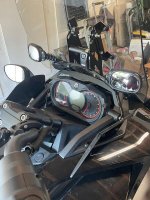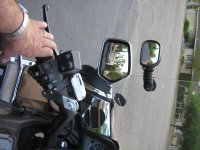BertRemington
Active member
I received my Innovv ThirdEYE today then engaged with them on adding the BSD/LCA/RCW disambiguation capabilities I wanted. Dialog got a bit testy with me concluding their device's firmware can be upgraded with those capabilities or else their website needs an improvement in accuracy.
It's a good device, better than KiWAV alternative, but not good enough for me. Still thinking through decision but will probably continue building my LiDAR-based alternative, now redesigned to incorporate RCW and better LCA and Paul will be getting a ThirdEYE at a discount.
It's a good device, better than KiWAV alternative, but not good enough for me. Still thinking through decision but will probably continue building my LiDAR-based alternative, now redesigned to incorporate RCW and better LCA and Paul will be getting a ThirdEYE at a discount.



